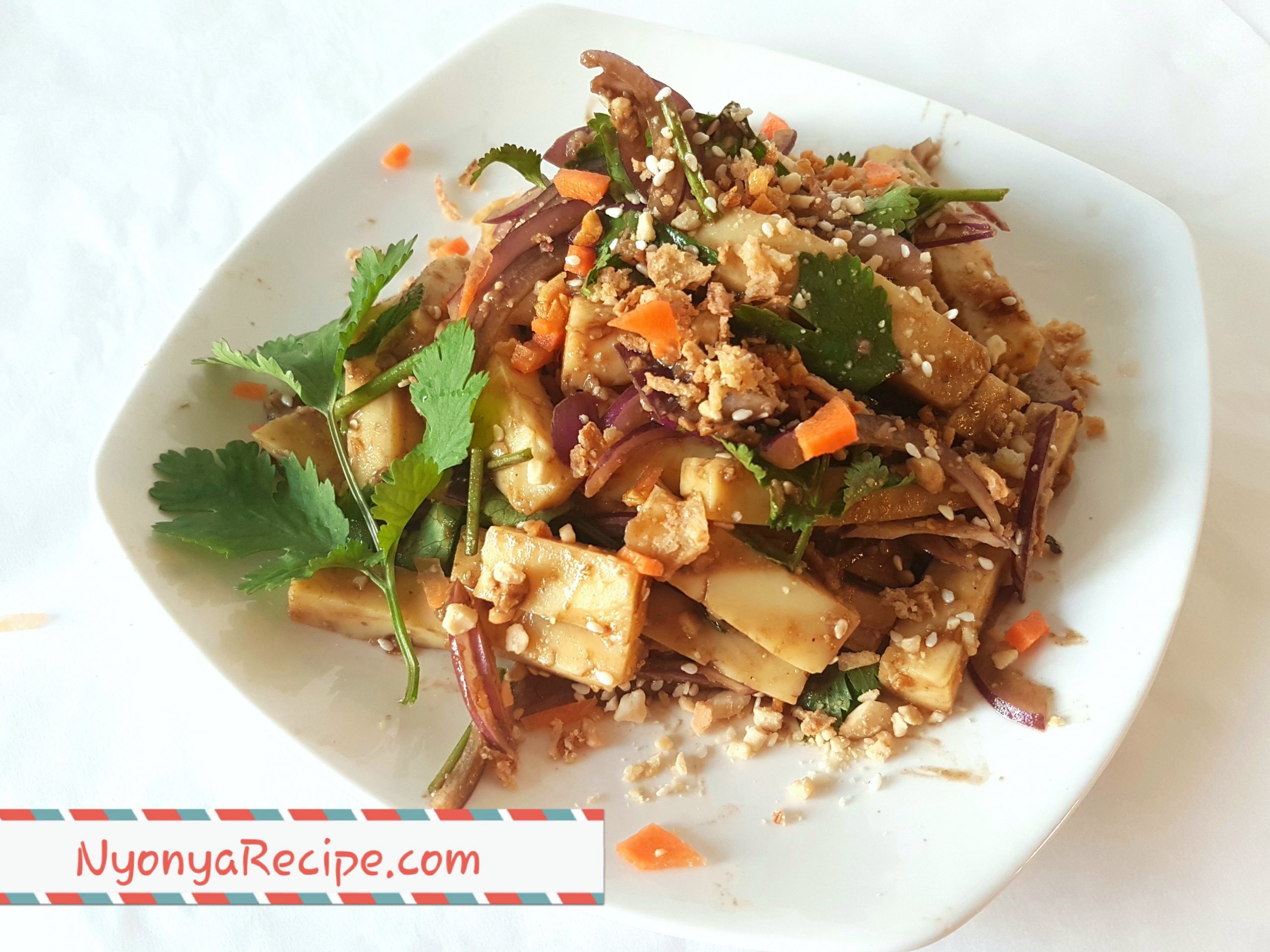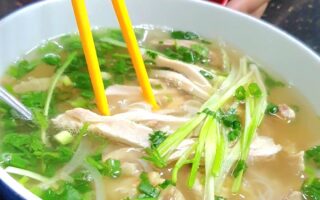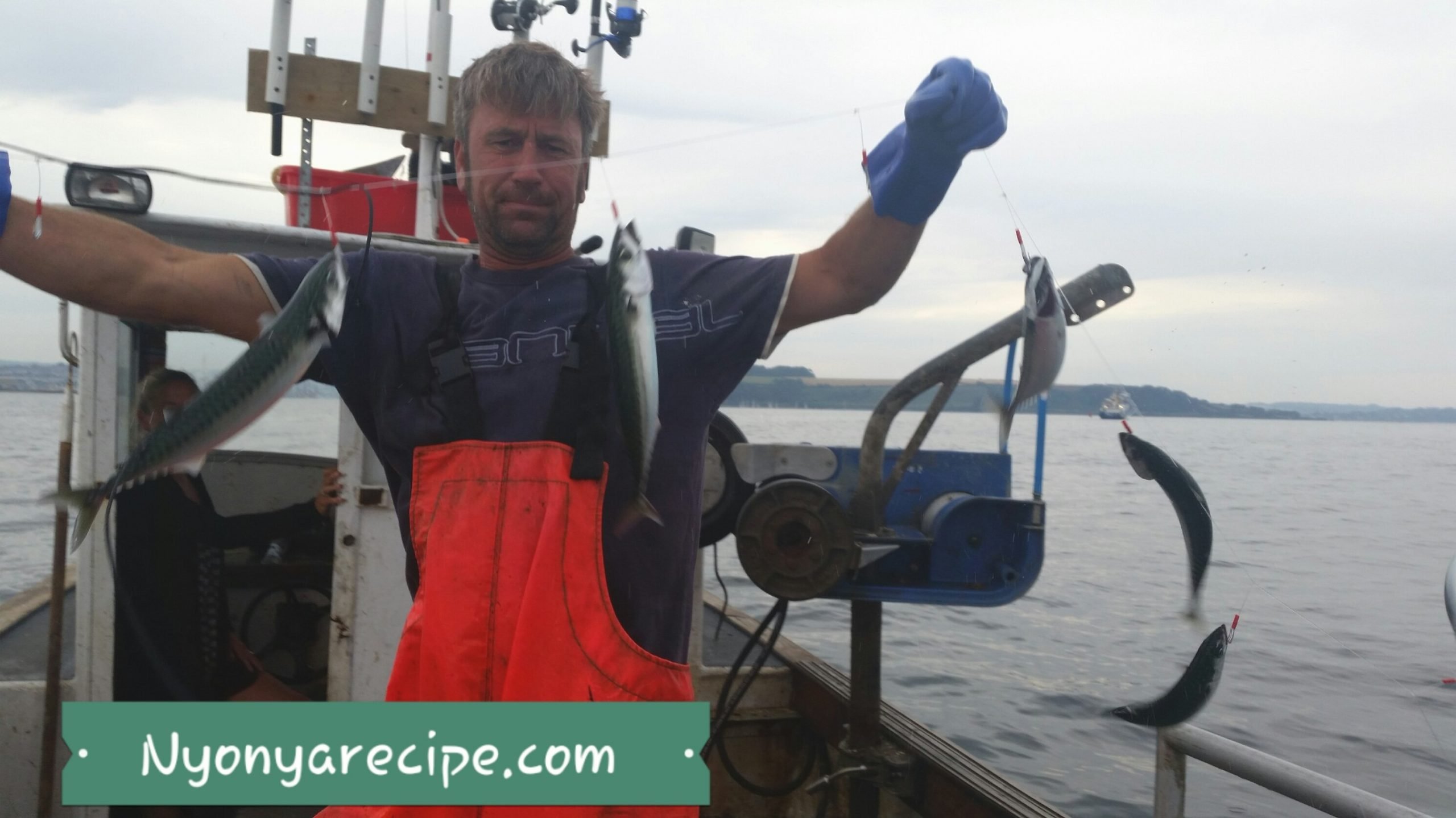Shan Tofu or Burmese Tofu
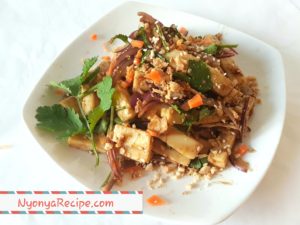
When I was in Burma, I came across Burmese Tofu, or Shan tofu. My host did tell me that they have Burmese tofu and I agreed to order the dish. When the dish came, it was cooked in the usual way, with meat and vegetables. When I tasted it, it did not taste exactly like our regular Chinese style tofu. I just thought that the texture and taste was a bit different and did not think about it much.
On our trip to Inle, Myanma, we stopped by a tofu factory, which is a cottage industry and there was no activity as it was lunch time. We managed to look around the factory with the guide of the driver. There was soaked lentils and the stone grinder that was used to grind the lentils, and all the paraphernalia. The stone grinder was like the one we used to have at home when I was young. It brought back memories of the time we helped mum make all of her kuehs (cakes). Long ago, we used to grind our own rice flour after soaking them in water. There was no rice flour then. We had to make it ourselves. That piqued my interest in Shan tofu.
My friend told me that it is made from lentils. I asked for her recipe, and all she said was to get some lentil flour, mix it with water and let it set. No need for addition of setting agent like making tofu. However, she could not tell me the proportion of lentil flour and water.
I did a search over the internet and found some recipes. It was my first experiment, and it was so easy! I used the tofu in the normal way, like deep-frying it and put it in soups.
As Shan tofu has a slightly different taste and texture as soy tofu, the difference is not so noticeable if you deep fry it and served with dipping in sauces.
I tried making a salad as in Burma, but it was not that good, as the red onion that I used was too pungent and it spoiled the taste of the salad. I will try again with other recipes and will keep you updated.
Quick Info
Makes: I, 20cm x 20cm tray
Difficulty: Child’s play
Cost: £
Time: 5 mins to prep, 15 mins to cook, 2hr+ to set
Smart points: 11 points per recipe
Ingredients:
1 cup Lentil or chickpea flour (250ml cup) or about 120g
3 cups Water (750ml)
½ tsp salt
¼ tsp Turmeric (optional)
1 20cm x 20 cm tray. ( You can use any sized tray. If you use a smaller tray, the tofu will be thicker, and vice-versa.)
Method:
- Oil the tray with a light oil like rapeseed or sunflower oil. Set aside.
- In a mixing bowl, mix the chickpea flour with I cup of water, salt and turmeric if using. Whisk until there are no lumps.
- Strain the mixture over a sieve into a clean container. I do this to avoid lumps.
- Heat up the remaining water in a pot. Bring to a boil.
- Slowly pour in the mixture in a steady stream while stirring the content in the pot.
- Keep on stirring after pouring all the content, making sure that the bottom is scrapped. Lower the flame if the heat is too high.
- Keep stirring the mixture until it is thick and glossy and bubbles form at the side and centre of the mixture.
- It will take about 8 to 10 minutes.
- To check that it is cooked, taste the mixture (be careful as it is hot). There should not be a raw taste nor bitterness. If there is still a raw taste, keep on stirring until it is cooked.
- Once done, pour the mixture into the tray, give a few knocks on the counter and smooth the top.
- Leave it to cool for a few hours (some recipes say about 2 hours, I left mine overnight in a fridge).
- When cooled, cut them into whatever shape you want and use it like normal tofu.
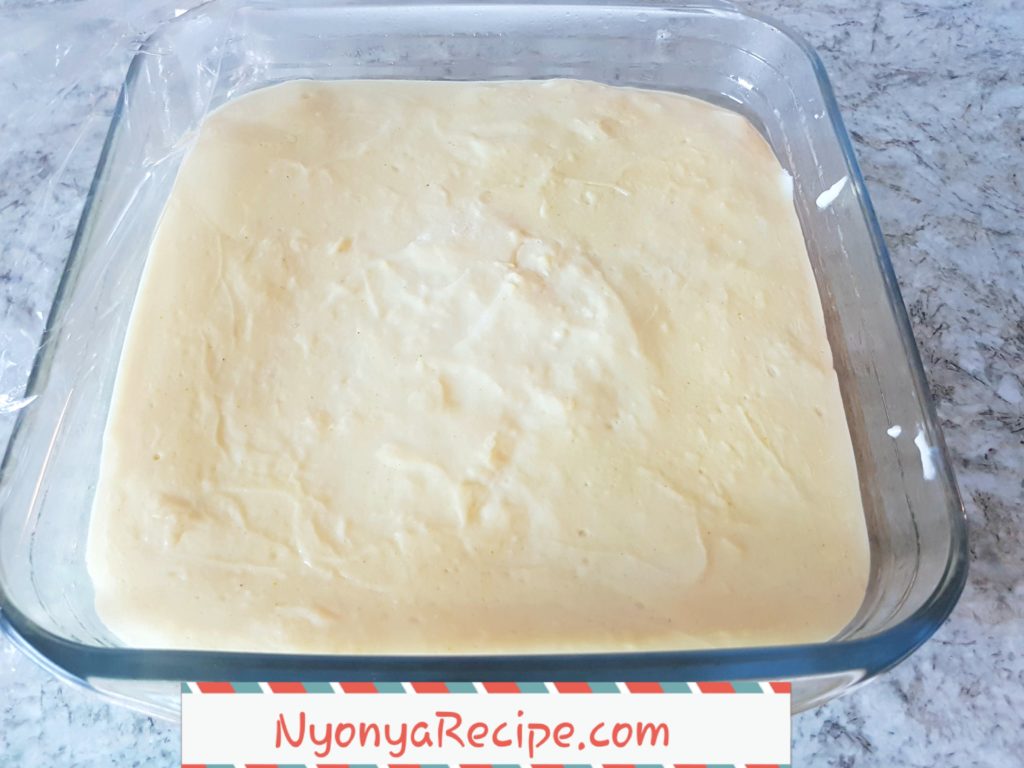
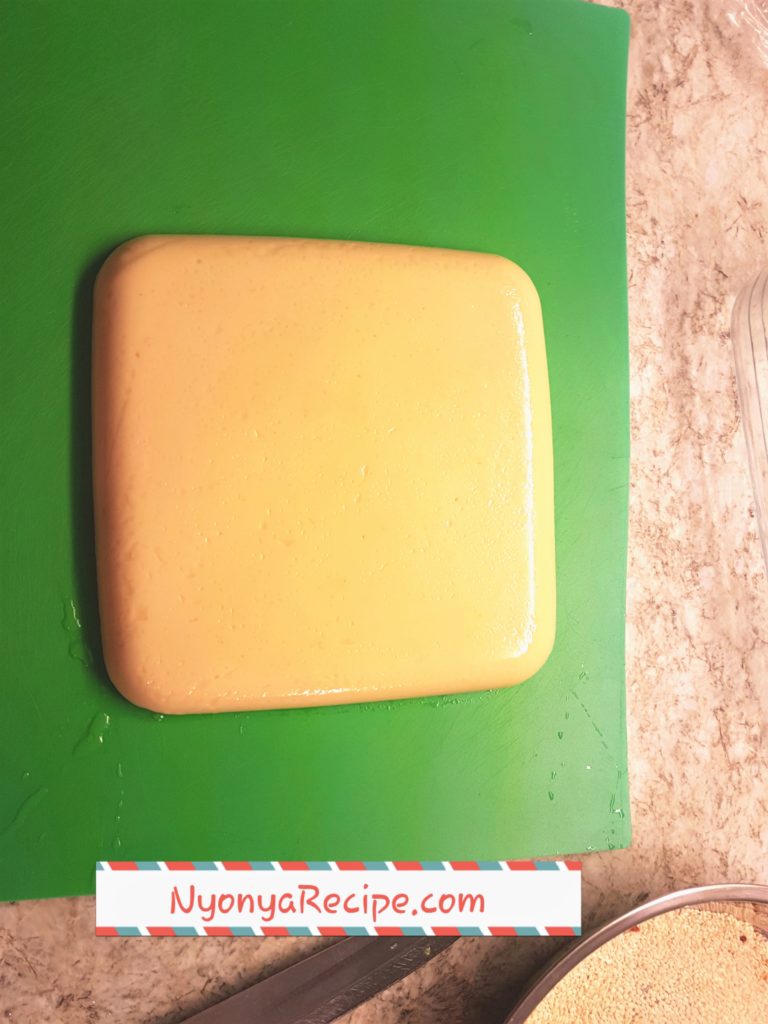
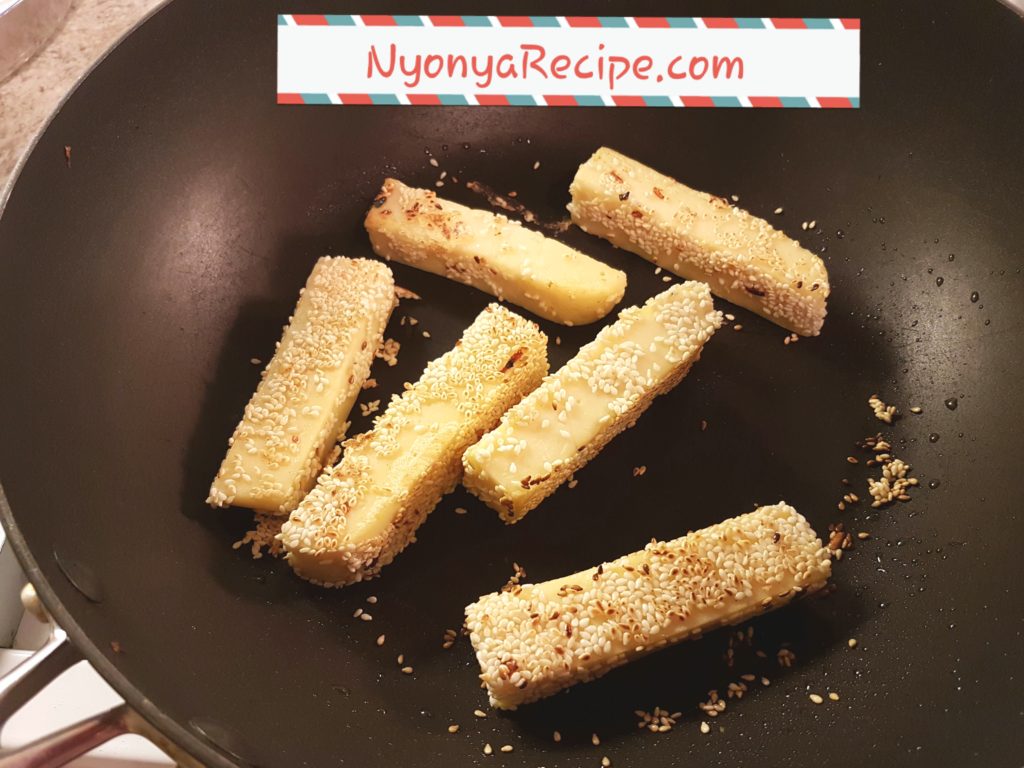
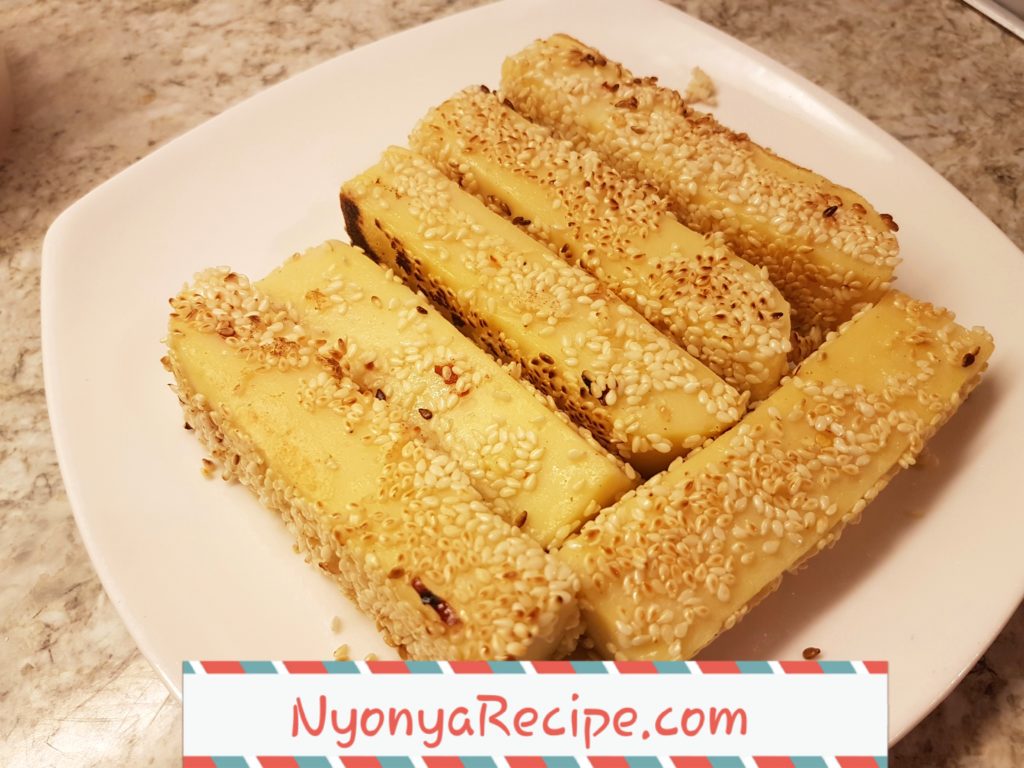
There you go, another simple and low-calorie food.
This will make a good meal for all the vegans in Veganuary!!
Please share this recipe with your family and friends, especially those who a vegan or vegetarian or are thinking of going that direction. I have several vegan recipes which I will share later on.
Thank you for your time and I hope you like this. Please ‘like’ and ‘share’ this post so that I will be motivated to do this.
Take care!
Penang Lassie.
